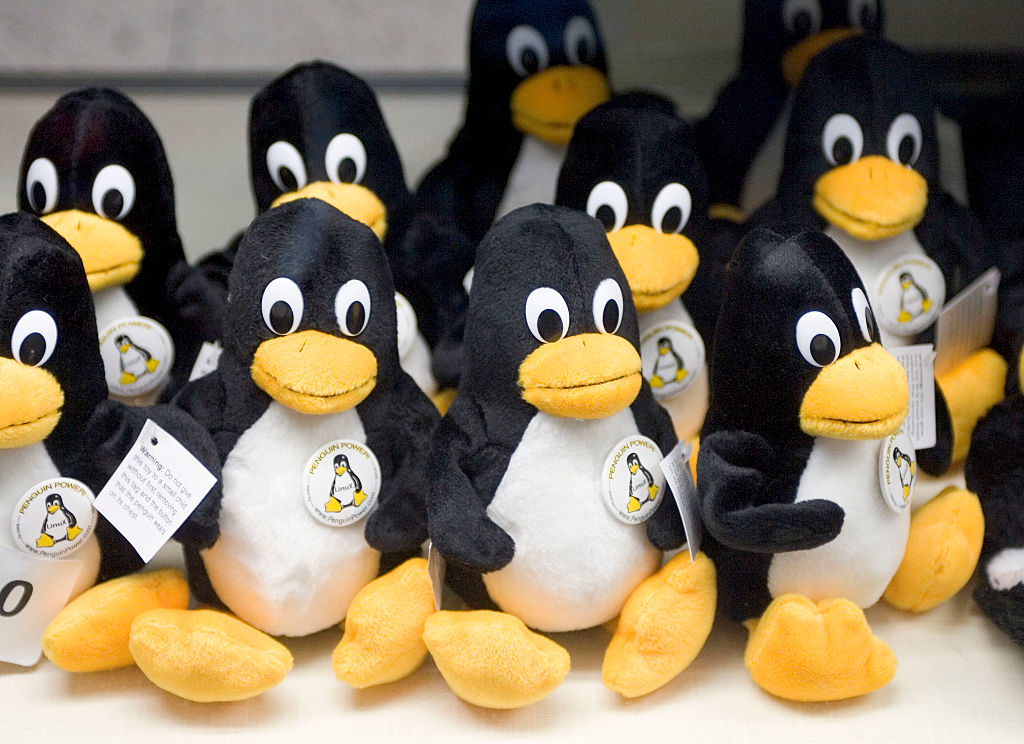CloudLinux Hopes to Release AlmaLinux, Its CentOS Replacement, This WeekCloudLinux Hopes to Release AlmaLinux, Its CentOS Replacement, This Week
It is one of two CentOS clones being built to fill the void left by Red Hat's unpopular decision to end CentOS's role as a downstream version of RHEL.
January 26, 2021

CloudLinux hopes to release its drop-in replacement for CentOS 8, the latest and final release of Red Hat's popular free alternative to Red Hat Enterprise Linux, as early as this week.
The community that's formed around the project has most of the operating system's components already running, with testing still underway, Igor Seletskiy, CloudLinux founder and CEO, told DCK.
"We're pretty sure it's going to be this week," he said. "There's a little chance that it might be postponed until next week, but we're still hopeful for this week."
The Linux server operating system also now has a proper name: AlmaLinux. It was originally dubbed "Lenix" as a placeholder. Alma is Latin for "hope."
A release this week or next is a fast turnaround for a full-fledged Linux server distribution destined for production use in data centers, many operated by Fortune 500 companies. CloudLinux announced the project soon after Red Hat said in early December that it would stop supporting CentOS, and that the popular Linux distribution would reach its end of life eight years earlier than previously planned -- at the end of this year instead of 2029 -- giving users only a year to find a replacement. At least for now, Red Hat expects to continue supporting an earlier release, CentOS 7, through June 2024.
While the exact number of servers running CentOS is an unknown, Seletskiy is in a unique position to make an educated guess, since most CloudLinux users come by way of CentOS.
"That's to the tune of half a million deployments," he said. "Most of them are with companies with more than 1,000 servers, and we are just scratching the surface. We have very small market share."
"I cannot say the total number, but I'm sure that in enterprise use it's to the tune of five to ten million CentOS servers."
Like CentOS, AlmaLinux will be based on Red Hat Enterprise Linux (RHEL) and used by IT departments that want the stability of RHEL without the expense of Red Hat support contracts. The quick turnaround wasn't entirely unexpected, however. From the start, Seletskiy said the first release would come in the first quarter of this year, a promise he could make because CloudLinux's namesake project is also a server distribution built on RHEL.
"We already did it once for CloudLinux 8, which came out about two years ago," he said. "So we just reused the same processes."
AlmaLinux is one of two RHEL/CentOS clones that were announced almost immediately after Red Hat announced CentOS 8's early demise. CentOS co-founder Gregory Kurtzer, who now heads the high performance computing startup Ctrl IQ, announced the second CentOS clone, Rocky Linux, the morning after Red Hat's announcement.
Although having one of the original builders of CentOS rolling up his sleeves was good news for users desperate for a replacement, AlmaLinux is probably the one to beat for a couple of reasons, starting with an easy upgrade path for CentOS 8 users through a feature developed for upgrading CloudLinux.
"With CloudLinux you don't have to move workloads, you don't have to do anything, you just run a script and you're done," Seletskiy said. "With CentOS it's even easier. It's a five-second job -- nothing to restart, no interruption to existing workloads. It just works."

almalinux install screen cloudlinux
Another edge for AlmaLinux is CloudLinux's promise to fund the project to the tune of $1 million annually, which garnered a lot of headlines when the announcement was first made.
"I don't know how much it will cost, to be honest," Seletskiy told us. "I know that it will definitely be at least to the tune of half a million or more."
The money will be spent in part to hire developers to maintain support for JBoss and other software that is essential to enterprise workloads, he said, in addition to the cost of creating a nonprofit organization that will hold the project's trademarks and assure members that the project will be community controlled.
"We're also hiring a community manager, because someone has to actually build this community and maintain this community so that it doesn't die out," he said, pointing out that CentOS started as a community run project, but ended up in Red Hat's hands because the volunteer developers maintaining it didn't have the time necessary to keep it going.
"You have to connect people on the outside with people inside," he said. "There is nothing more frustrating for people outside who come to volunteer their time and then that time being wasted because no one on the company side wants to deal with it. You need someone who will help the people from outside to get connected and be effective working with people on the inside.
"We are right now interviewing, and we want to hire a person who will work full-time making sure that we have an environment where people can contribute actively to the community."
About the Author
You May Also Like







